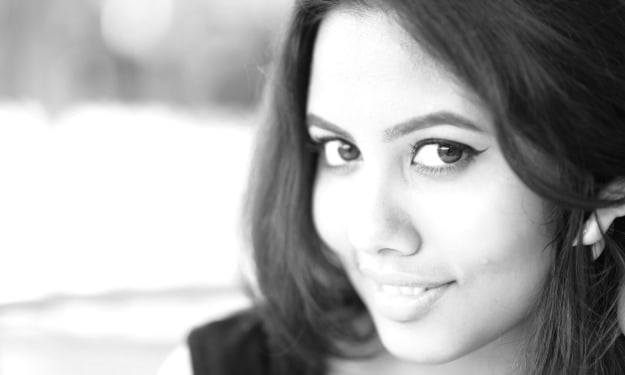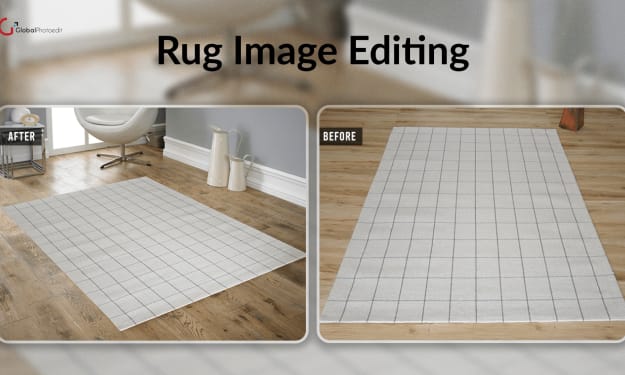
The past
The world is rapidly changing, and so has photography. My first camera was 120 format film camera which was given to me as a birthday present when I was just ten years old back in 1956. It was a very basic inexpensive camera, but it helped in developing my love of photography. An upgrade for me was a hand me down from my father, a 120 format Rolleicord. The Rolleicord was a less expensive version of the high end Rollieflex twin lens reflex camera. My first 35mm film camera was a Nikon purchased in 1976 prior to an overseas trip. Several 35mm film camera upgrades have been made since then, and some of these I still own, but use very infrequently.
Many hours spent in makeshift darkrooms developing film and prints has been replaced with significantly less time at a computer keyboard with software programs.
Transition
The transition from film photography to digital photography has significantly changed the way in which I now take photographs. Cost is not the consideration it once was. When there may have been several days between taking a shot and seeing the final result, and when every shot taken involved an expense, much more care was needed in composition of the shot; not to mention the importance of knowledge of aspects such as exposure time, aperture, film speed and type etc..
Digital cameras
Digital cameras make everything easier and cheaper. Seeing results instantly and being able to delete inferior photos without a cost involved allows the photographer to take hundreds of photos of a subject compared with just a few if they were using a film camera. I even tend to use continuous mode instead of single shot much more frequently. One shot out of that group of ten or so may just be the perfect shot.
The camera was invented in the 19th century. And, although technology has changed the way cameras function, photographic subjects have changed very little since then.
Portraiture has always been popular photographic genre. But, instead of models having to stay perfectly still for extended times resulting in stilted poses, today’s exposure times of a fraction of a second can result in much more natural and candid shots.
Art and the nude
Most photographers who enjoy portraiture have also dabbled in Glamour, Implied Nude, Artistic Nude or even perhaps Pornographic photographic genres. My understanding of the difference between these is: Glamour photography focuses on displaying the subject of the photo in the most glamorous way; Implied Nude photographs indicate to the viewer that although genitalia and breasts can not be seen, that perhaps the model in the photograph is indeed nude, subtle suggestions of nudity can sometimes be just as powerful as complete nakedness; Artistic nude, or Fine Art nude has the emphasis on the beauty of the human form through the judicious use of light, shadow, posing, creative expression and even some props such as pieces of fabric.
There can be a fine line between what is considered artistic or fine art and pornographic.
Artistic nude photos are considered artistic, not crass. The emphasis is on the beauty of the human body, whether it is female or male. Black and white photography is often preferred to colour by fine art nude photographers. Black and white photographs allow for greater contrast, and tend to emphasise shape and form. Certainly most older artistic nude photos in the years of film cameras were black and white or sepia. Colour involved much more expense. Some of my early colour prints were black and white enlargements to which I added colour by hand with a brush and watercolours.
Pornographic photos are photos which are intended to sexually arouse the viewer, as opposed to the viewer just admiring the beauty of the photograph.
What is fine art and what is pornographic is very often in the eye of the beholder.
Unfortunately many social media sites such as Facebook censor any photos which show genitalia and even secondary sexual attributes such as nipples. Blurring these parts in a published photo can completely destroy the artistic beauty of the photograph, and many fine art nude photographers refuse to publish their photos on social media sites.
However, I am a great believer in keeping things mysterious. Let the viewer’s imagination fill in the bits which can not be seen. Strategically placed arms, legs or even pieces of fabric can add to that mysteriousness. Body parts photographed can often give dramatic results especially when creative lighting is used.
Anonymity of model
Anonymity of the model is a strategy I have used often for different reasons. Firstly, the viewer’s attention is drawn to the beauty of the lines and shapes of the model in the photograph, not to the model herself. Secondly, models who are perhaps inexperienced, or a little shy, are happy to be photographed nude or semi-nude, provided they will not be recognised from the photo.
Years ago I had several of my prints of fine art nudes, all of whom were anonymous, on the walls of a local coffee shop. I met over coffee with a female customer who had contacted me through the shop’s proprietor. This lady had told the proprietor that she loved my work and wanted to meet me. I later found that she was middle-aged with a teenage son, and that apart from her wedding photographs, had never been professionally photographed before. She was happy for me to photograph her nude, provided she could keep her anonymity. Some great results were published as a result of that meeting.
This lady was fairly typical of many amateur models. Particularly when the model is inexperienced, it is important to spend time communicating with the model prior to the shoot to discuss expectations of both the model and the photographer and issues such as how the photographs may be used. It is important that at least one of those pre-shoot meetings be face-to-face. If it is a paid shoot and you are working with a professional model, these preliminary meetings may not be necessary. But please, regardless of who it is you are working with, always show respect and allow privacy when the model needs to change.
Where to shoot?
Most artistic nude shoots are taken in a studio setting, but outdoors is fine. Often an out of the way setting in a quiet country area could be a good place to start. You will not need expensive lighting and extensive knowledge of how to use it. Keep in mind though that lighting is still important even if it is outdoors.
Try to avoid the middle of the day when the sun can be fierce. Early mornings and in late afternoons, the light is much more gentle. A setting sun can be a great backdrop.
Style
Sometimes a photographer can be recognised instantly by viewing their photographs. With experience we all tend to develop our own individual style. The photograph is also often just the start of the process. With modern software available, photo manipulation is easy, and many great effects can be achieved. You may also find that your style will develop and change over time.
There are rules related to photography, but many of these rules can be broken with some great results. My advice for beginning photographers, regardless of the genre in which you are working, is to learn the rules and follow them, and after some experience let your creativity flow.
About the Creator
Ian McKenzie
Lover of life and all it has to offer. Retired from full-time employment, but keeping busy with things I am passionate about including: family, friends, photography, writing, sustainability and keeping Australian native stingless bees.






Comments
There are no comments for this story
Be the first to respond and start the conversation.